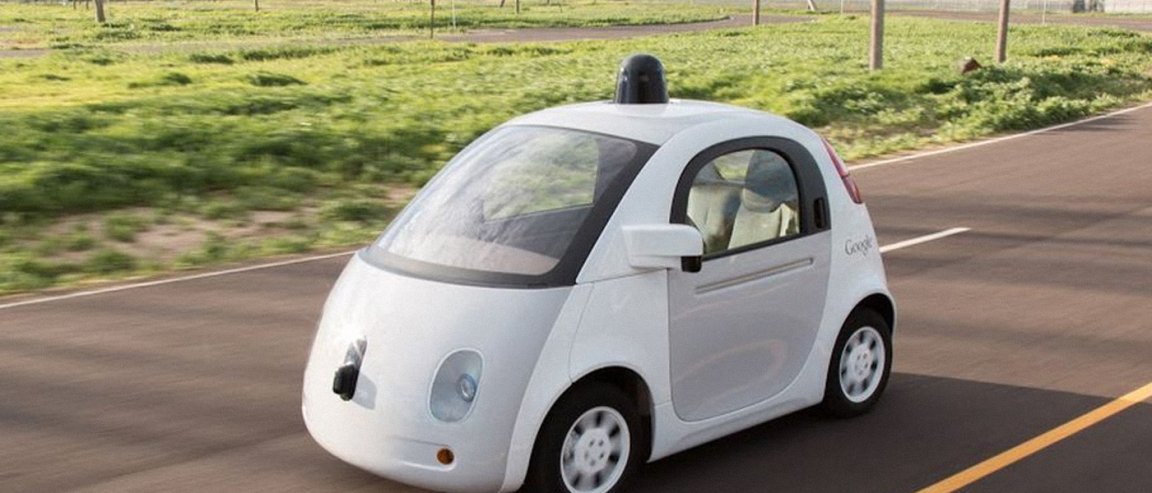
In February, the California DMV released its annual slate of “disengagement reports” for the 11 companies permitted to test autonomous vehicles. The results, which cover December 2015 to November 2016, reveal how often humans took back control from the computer and why.
Google’s program, Waymo, experienced only 124 disengagements over the course of 636,000 miles—19 percent fewer than in 2015. Almost all of those miles were in Mountain View, which offers uncrowded suburban streets; most of the interventions were triggered by discrepancies in software or hardware.
GM’s program, Cruise, tested exclusively in San Francisco. Cruise cars drove 9,776 miles during the reporting period with 181 disengagements—a rate of just under 2 percent. Even those that weren’t at the top of the class like Google and GM are decent students; for example, Nissan’s robocars required human intervention only once every 247 miles during the testing period, down from once every 14 miles in 2015.
These and other test results, including crash reports, are all part of a larger effort to ensure that the new technology comes with accountability. This is particularly important given that such a large percentage of the public is reluctant to trust autonomous vehicles, despite their clear advantages from a safety perspective.
Beyond the issue of gaining the trust of the public, other challenges remain. Sensors for these cars must be compact, reliable, and affordable; they also need to work in tandem with detailed maps and other references so vehicles can interpret what they sense. In unexpected situations, contextual clues like body language help people make abstractions, but this isn’t easy for machines. Legislation is not yet consistent when it comes to self-driving cars. Ethical issues are another problem that arises when computers have to make value judgments in “the lesser of two evils” scenarios. Finally, cybersecurity is a real concern for autonomous vehicles, which could potentially be hacked and used by criminals and terrorists.
Just Roll With It
GM’s chief of product development, Mark Reuss, says that by 2020, new cars will be “mostly in charge” of driving, and by 2025 they’ll be fully in control. Elon Musk has a similar prediction; he believes that half of all new cars will be fully autonomous by the year 2022 or 2023 and that all cars will be self-driving within ten years. This year, we will see a self-driving Tesla travel from Los Angeles to New York. It will take longer for self-driving cars to be the majority of vehicles on the road. Sebastian Thrun, who created and formerly led Google’s project, estimates that we have at least 15 years to wait for this milestone.
What will happen when it arrives? Fewer traffic fatalities—in the neighborhood of 32,000 lives saved each year. The advent of self-driving cars is also expected to drastically reduce the number of motorcycle fatalities. If 95 percent of crashes are caused by human error, most crashes should be eliminated by this technology. Fewer accidents isn’t just about safety, either; in 2015 alone, the incidental costs of motor vehicle accidents equalled about $412.5 billion.
Furthermore, optimized driving by every car on the road means less traffic and fewer issues with parking. Automated driving also frees up countless hours of time for people who would previously be sitting in traffic, forced to pay attention to the road. Automated vehicles should also increase the efficiency of the shipping industry, bringing costs down overall. Finally, self-driving cars would drastically reduce fuel consumption—by about 90 percent, according to the Department of Energy.
The downside to self-driving cars taking over the roads includes massive shifts in the American workforce. Millions of transportation jobs are likely to be lost, for example, along with other jobs that depend on the transportation industry in its current incarnation. However, as AI changes our economy in this and other ways, it will also create new jobs.
Furthermore, business leaders like Bill Gates are promoting the idea of Universal Basic Income (UBI). So far, the idea is not popular in the United States, but as our economy and the world around us change, the idea is likely to gain more traction. Even former President Obama acknowledged in 2016 that the UBI discussion was one that we would be having in the U.S. within the coming decades as AI and other forces changed the world around us.